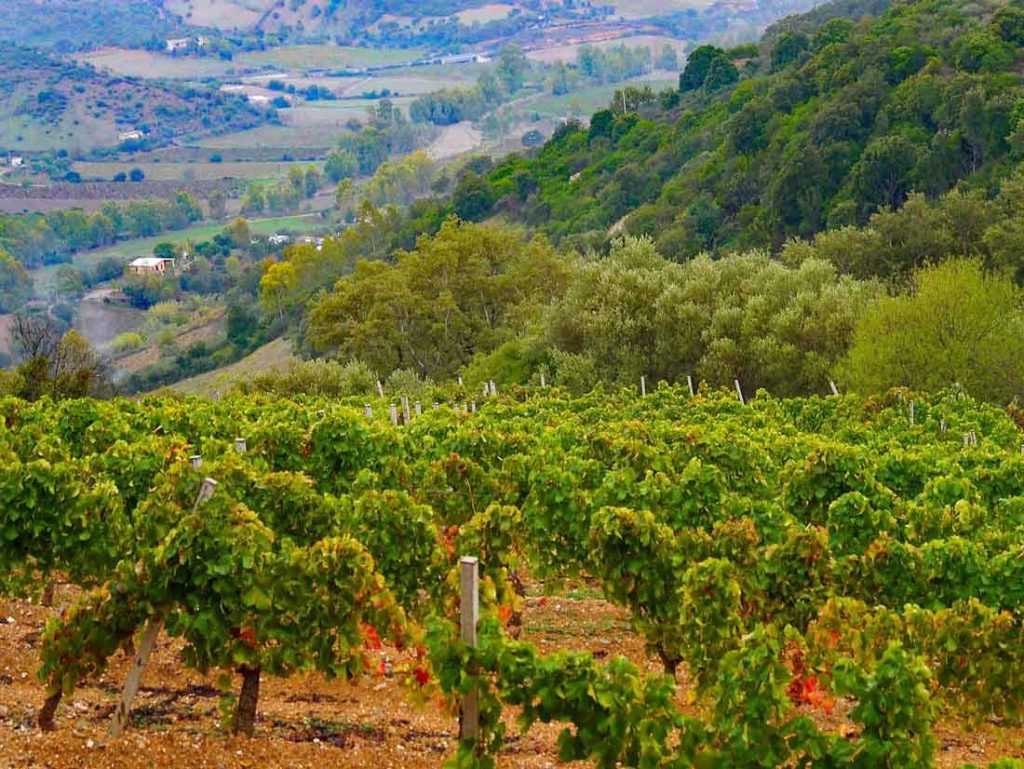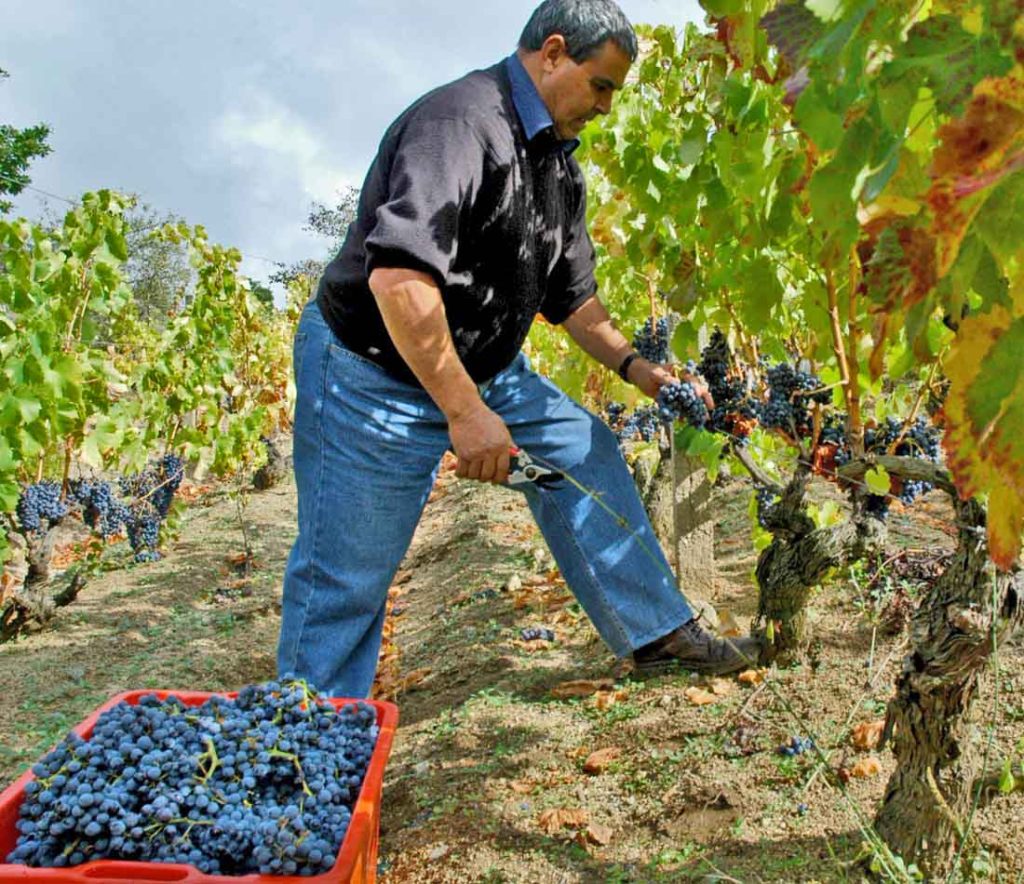
High-altitude Cannonau wines exude lush fruit
Nearly three-quarters of Sardinia's Cannonau vineyards grace the steep slopes of Nuoro province. These half-wild uplands are a world apart from the sybaritic beach towns along the coast. They're also vastly different from Sardinia's lowland vineyards famed for the white Vermentino Remnants of the Nuragic culture from the Bronze Age persist in the hills, including two dialects of the ancient Sardinian language, which edges out Italian as a first language in some villages. The archaic Sardinians (1800bc-ad200) were adept architects, erecting more than 1,000 tall stone towers. Judging from the archaeological evidence, they also made wine. Rome never conquered Sardinia beyond the coast. Cicero called the mountainous interior “Barbaria.” In Sardinian, it's Barbagia. With vineyards as high as 700 meters, Barbagia is home to the...Read More

